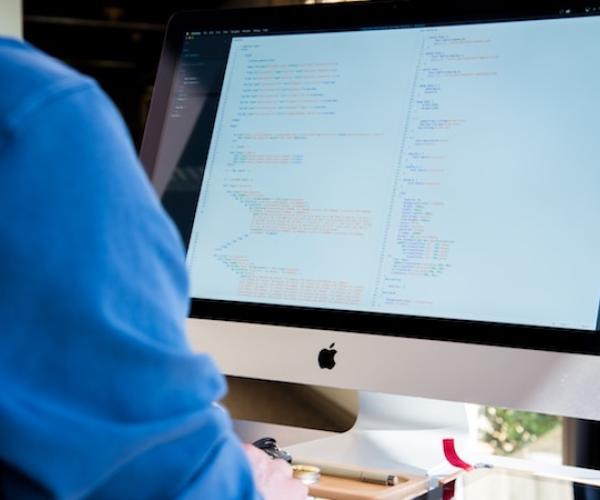Little Known Facts About CSS


A cascading style sheet (CSS) is a style language used to develop the front end design of a website. Most cascading style sheets are to set up the visual style of user interfaces written in XHTML and HTML. But, the language can apply to any XML document.
Most websites use CSS together with JavaScript as a foundation technology for creating visually engaging web pages. The cascading style sheets allow you to separate a document that is written in a markup language from the one in the presentation including elements like colors, layout, and fonts. Even if you aren’t an amateur in writing CSS, you probably still come across new things like properties that you haven’t applied, requirement details you never had knowledge of, or even standards that were unclear to you.
95Visual wants to show you some little-known facts about CSS that many beginners and experienced web developers in a web design firm don’t know.
The property, the border radius can use slash syntax.
You can use the slash syntax to create curved corners which are not perfectly rounded by putting a slash in between the values.
#example {
border-radius: 30px/10px; /* horizontal radius / vertical radius */
}There is an outline-offset property
Due to its ability to help to debug, the outline property is well famous. However, there is now the offset feature that allows you to describe how far the outline should be compensated from the position of the element.
.example {
outline: solid 2px blue;
outline-offset: 10px;
}There is a table-layout property. Don’t confuse this element with the display table. Using the table-layout defines the purpose of laying out table rows, cells, and columns through choosing the algorithm that the browser should use.
You can use the non-valid characters as dividers in the list of HTML classes of elements.
To make coding and scanning easy, a web design firm uses the slash syntax to separate their HTML classes into groups despite it being an invalid character. You can also use characters like asterisks (*), double pipe (||) and ampersands (&) to produce the same effect as the slash syntax.
Fractional values can be accepted by the number of repetitions of animation
It is possible to use the property animation-iteration-count to specify how many times to play the animation. Animation written in short form can pause because of the animation’s name.
Pseudo-elements can be smarter than you think and can be applied to empty elements
The pseudo-elements enable you to style the initial letters of an item by letting you do a drop-cap effect that is typical in print for several years. As a web design firm, you can also use pseudo-elements together with new elements which are not the replaced.
There are values of attribute that can be case sensitive and insensitive when used in selectors
Some features work differently on different cases, for instance, the lower and the upper cases.
h1 {
font-size: 150%;
}
H1 {
color: red;
}The first rule will apply to all level-one headings in HTML (even if the tags are written as
<h1>test</h1>
in HTML) and XHTML.
The second rule will apply to all level-one headings in HTML, even if the tags are written as
<H1>test</H1>
It won’t apply to any heading element in an XHTML document.
The vertical-align property functions differently on diverse table cells and other elements
Many web firms assume that the vertical-align property as the standard upgrade to their old HTML4 align attribute. However, the vertical-align property in Cascading style sheet does not function that way apart from tables. The vertical-align property follows specific rules when not applied to the table cell. When using tables, the vertical-align property works differently.
The color property is not just for text
A web design firm uses the color property only on texts. However, you can use the color property on texts that cannot inherit the color value property. This you can do by using the border-color: inherit. The color property is used additionally to give a possible indirect value to any other properties that accept color standards.
Another little-known fact is that you can set the visibility property to “collapse”. The most typical value of the visibility property is the visible and the hidden default elements. The collapsing value is the most rarely used value of the visibility property. This value is supposed to work in a similar manner to the "display: none" value on table–based elements.
There are much more little-known facts about CSS that you may not know, for instance, the Word-wrap property is the same as the Overflow wrap, and much more.
Cascading Style Sheets have simple syntax and use numbers of English keyword to specify the names of various properties. The main advantage of Cascading Style Sheets is the separation of presentations from contents. With the help of a Cascading Style Sheet, a web design firm can tailor a site or page to various target devices.
